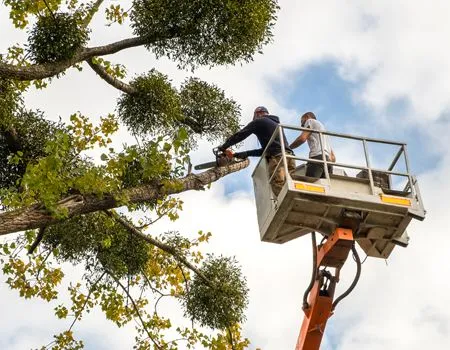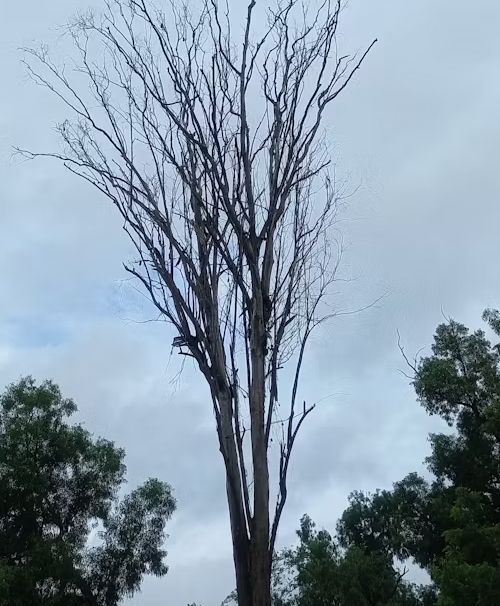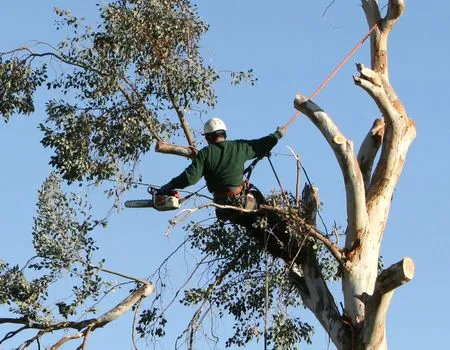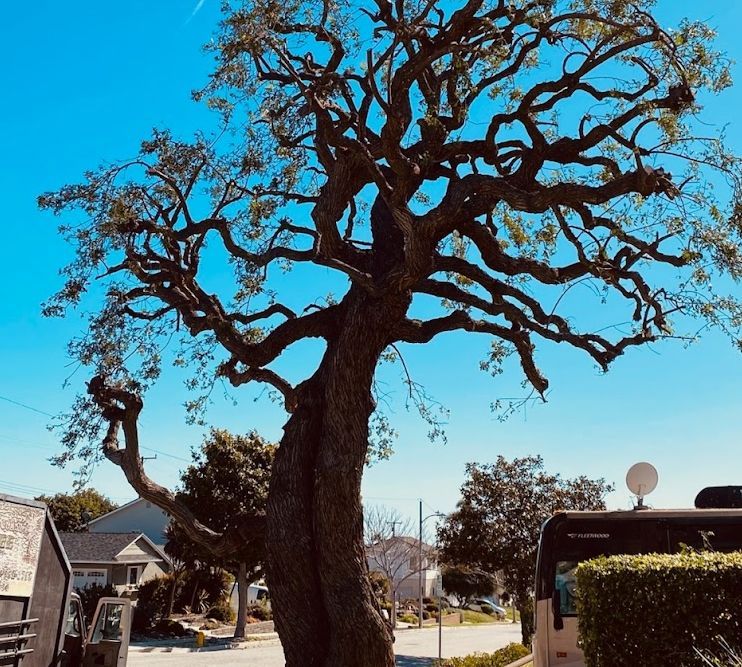West Coast Tree Co. Blog
Tree Cabling and Tree Bracing: Strengthening and Protecting Your Trees
Even the strongest trees can develop structural weaknesses that put them at risk of failure. Heavy branches, storm damage, or poor growth patterns can leave a tree vulnerable to breaking, which may endanger nearby structures, vehicles, or people. Fortunately, professional arborists can use techniques such as tree cabling and tree bracing to provide extra support, improving safety and extending the life of a tree. At West Coast Tree Co., we provide expert tree cabling and bracing in the greater Ventura, CA area. Understanding how these methods work can help you decide if they might be the right solution for your trees.
Tree cabling involves the use of high-strength cables that are installed in the upper canopy of a tree. These cables connect major limbs or stems, reducing the risk of breakage by limiting how far branches can move in high winds or under heavy loads. Cabling is most often used for trees with multiple trunks or large limbs that are prone to splitting. By redistributing stress, cabling helps maintain a tree’s natural structure while lowering the chance of a catastrophic failure.
Tree bracing, on the other hand, offers support at a lower point in the tree. This method uses steel rods inserted through weak or cracked areas, particularly where two trunks or large branches join. Bracing provides direct reinforcement, helping to prevent existing cracks from worsening and offering stability where the tree’s natural strength is compromised. It is often used in combination with cabling to give a tree the best possible chance of long-term survival.
Both cabling and bracing should only be performed by a trained arborist. Professional installation ensures that the correct equipment and techniques are used to avoid causing further damage to the tree. An arborist can also assess whether these methods are suitable for your situation, since not every tree can be safely supported. In some cases, removal may be the better option, especially if the tree is diseased, severely damaged, or poses an unavoidable hazard.
Tree Services in Ventura, CA
For expert
tree care in Ventura, CA and the surrounding area, contact our team at
West Coast Tree Co. Feel free to give us a call to ask for a tree services estimate in Ventura, Carpinteria, or Thousand Oaks!










